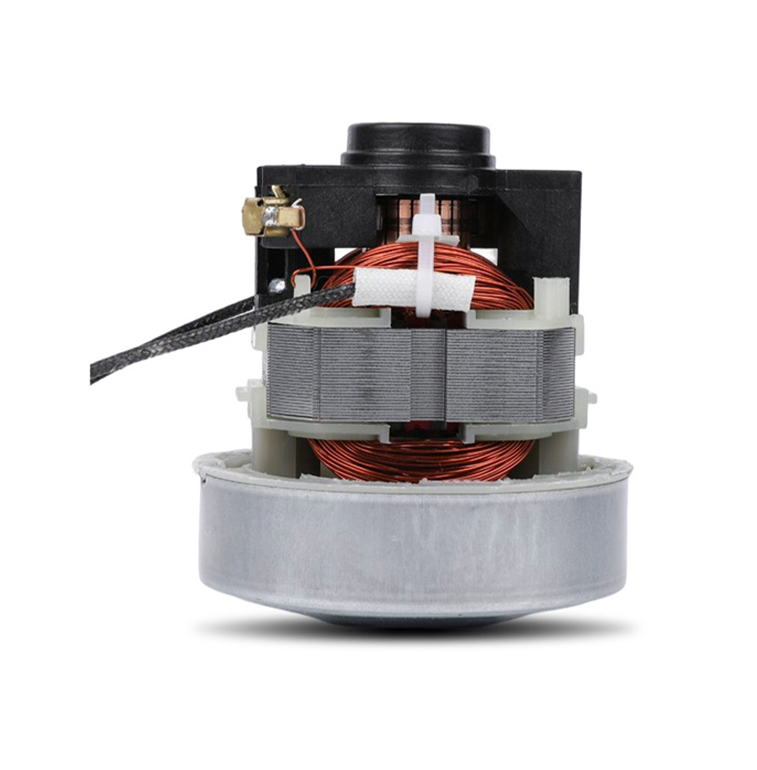Electric motors are at the heart of vacuum cleaners, playing a pivotal role in their functionality and effectiveness. These motors drive the suction mechanism that captures dust, dirt, and allergens from various surfaces, ensuring a thorough clean. The design and performance of vacuum cleaner motors can significantly impact the overall cleaning experience.
Most vacuum cleaners utilize either a single motor or dual-motor system. A single motor typically powers both the suction and the brush roll, providing a compact and lightweight design. In contrast, dual-motor systems separate the suction and brush functions, allowing for more powerful performance, especially on carpets and rugs. This separation often results in better agitation of fibers, leading to improved dirt removal.
The efficiency of electric motors in vacuum cleaners is influenced by several factors, including motor design, speed, and airflow. A well-designed motor ensures optimal airflow, which is essential for effective suction. Additionally, some modern vacuum cleaners incorporate advanced technologies, such as variable speed settings, enabling users to adjust the motor's performance based on the cleaning task at hand.
Maintenance of the motor is also important for ensuring long-term performance. Regular cleaning of filters and checking for blockages can help maintain the efficiency of the motor and the vacuum cleaner as a whole. Overall, electric motors are crucial to the effectiveness of vacuum cleaners, influencing their performance, versatility, and user satisfaction.
